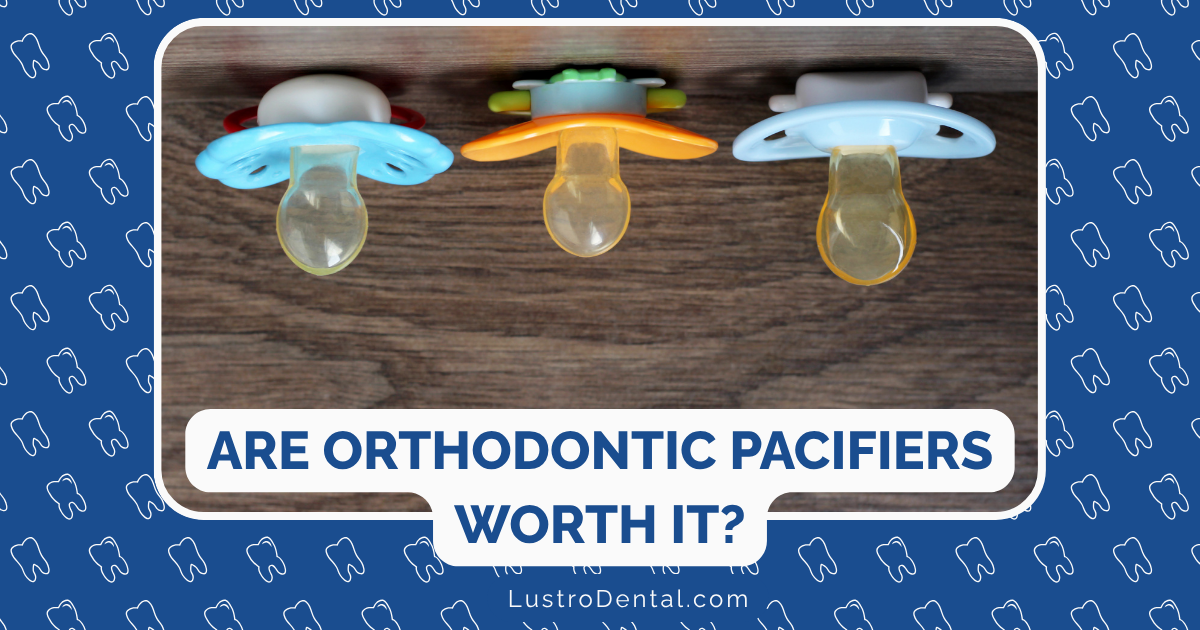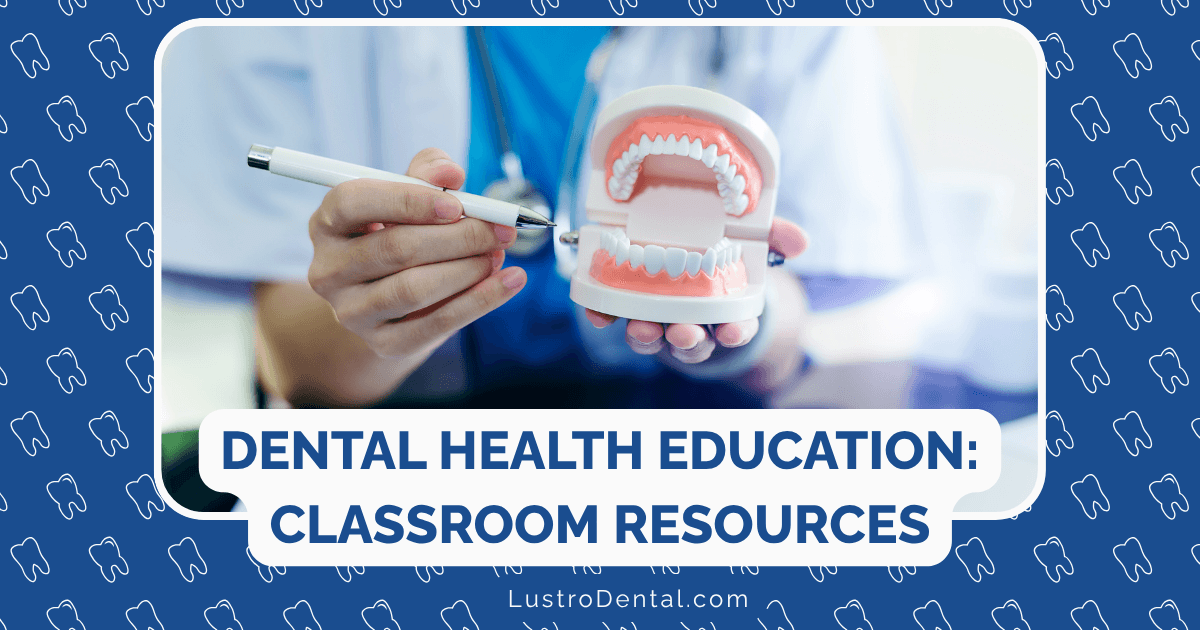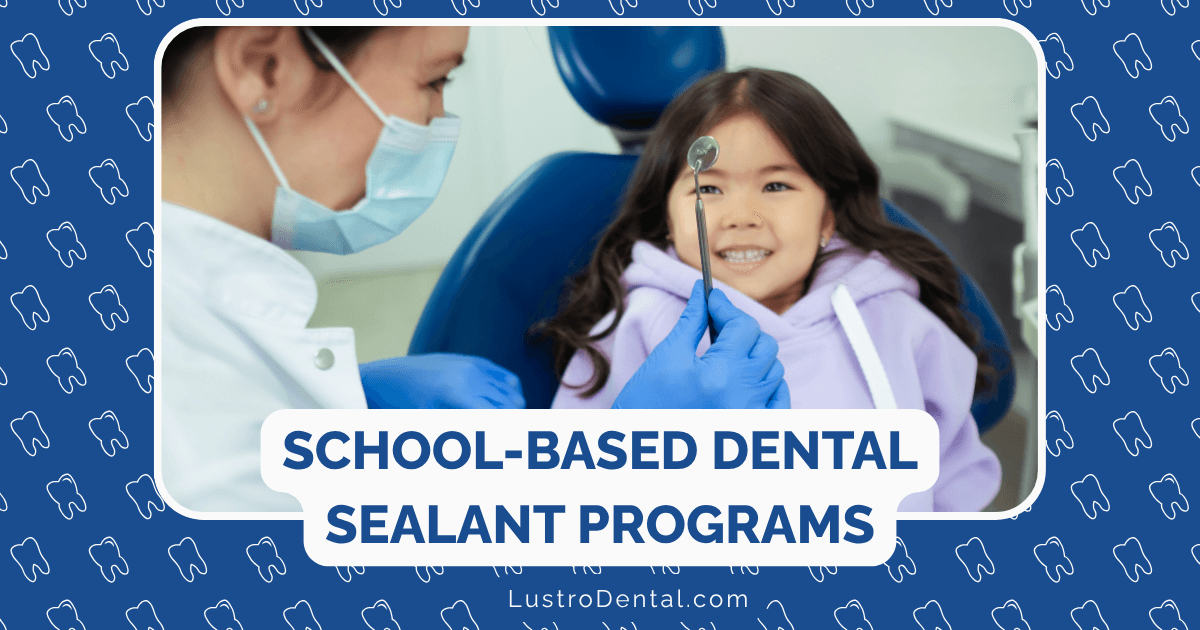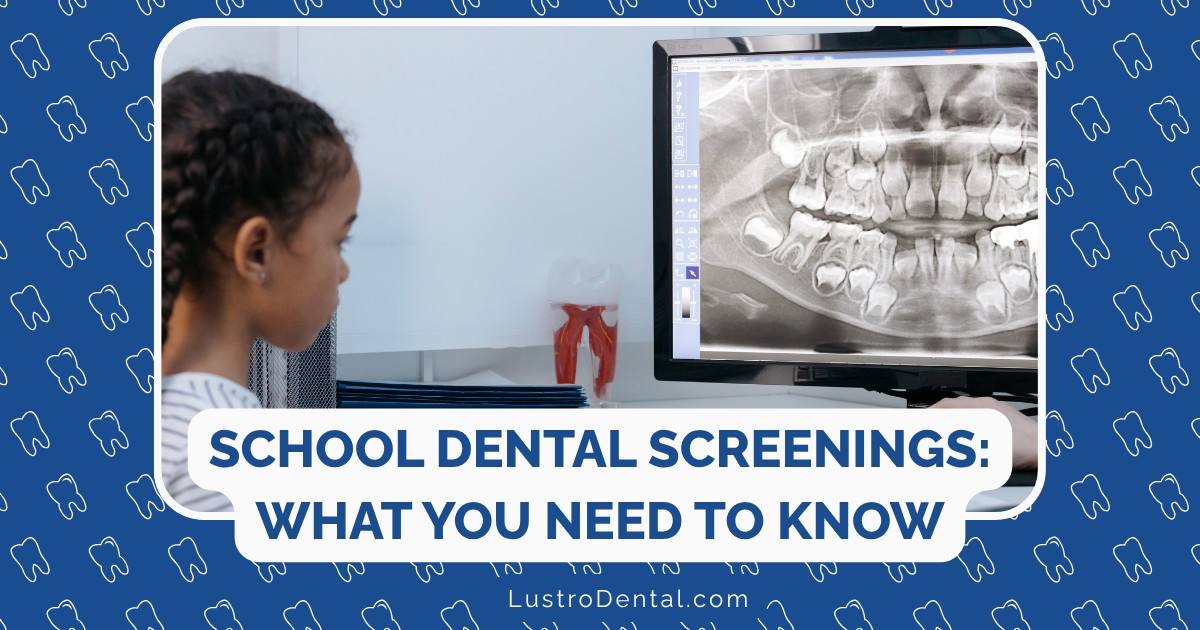Orthodontic Pacifiers: Do They Actually Prevent Dental Problems?

Walk down the baby aisle of any store, and you’ll notice a dizzying array of pacifier options. Among them, “orthodontic” or “dental-friendly” pacifiers stand out with promises of better dental development and fewer orthodontic issues down the road. For concerned parents wanting to make the best choices for their child’s development, these claims are certainly appealing.
But do orthodontic pacifiers actually deliver on their promises? Are they truly better for your child’s dental development than conventional pacifiers? This comprehensive guide examines the evidence behind orthodontic pacifiers, helping you separate marketing claims from scientific reality.
Understanding Orthodontic vs. Conventional Pacifiers
Before diving into effectiveness, let’s clarify what makes a pacifier “orthodontic”:
Conventional Pacifiers
- Shape: Typically have a rounded, cherry-shaped nipple
- Design: Uniform thickness throughout
- Material: Usually made of latex or silicone
- Claim: Basic soothing function
Orthodontic Pacifiers
- Shape: Flattened on the bottom, rounded on top (asymmetrical)
- Design: Contoured to mimic the shape of a mother’s nipple during breastfeeding
- Material: Usually silicone, sometimes with special textures
- Claim: Better supports natural tongue positioning and jaw development
Dr. Sarah Johnson, pediatric dentist at Mehta Dental Group, explains: “The theory behind orthodontic pacifiers is that their shape allows for more natural tongue placement and less pressure on developing palate and teeth. They’re designed to work with the natural oral structures rather than against them.”
The Potential Dental Impact of Pacifiers
All pacifiers, regardless of design, can potentially affect dental development if used excessively or for too long. Common issues include:
Anterior Open Bite
An open bite occurs when the front teeth don’t meet when biting down, creating a gap between upper and lower teeth.
How it happens: The constant presence of a pacifier prevents the front teeth from fully erupting and can push them forward.
Posterior Crossbite
A posterior crossbite occurs when the upper back teeth fit inside the lower back teeth (the opposite of normal alignment).
How it happens: Sucking creates negative pressure that can narrow the upper jaw, particularly if the habit continues during periods of significant jaw development.
Overjet (Protruding Front Teeth)
An overjet is characterized by upper front teeth that protrude significantly forward.
How it happens: The pressure from sucking can push the upper front teeth outward while potentially tilting lower front teeth inward.
Palatal Changes
The shape of the palate (roof of the mouth) can be altered by prolonged pacifier use.
How it happens: Pressure from the pacifier and altered tongue positioning can create a higher, narrower palate.
What the Research Says About Orthodontic Pacifiers
Let’s examine what scientific studies tell us about whether orthodontic pacifiers actually prevent these dental issues:
Study 1: Comparison of Conventional and Orthodontic Pacifiers
A 2016 study published in the Journal of Dentistry for Children compared the effects of conventional and orthodontic pacifiers on malocclusion in children aged 24-36 months. The researchers found:
- Both types of pacifiers were associated with higher rates of malocclusion compared to children with no sucking habits
- Children using conventional pacifiers had a significantly higher prevalence of anterior open bite compared to those using orthodontic pacifiers
- Only conventional pacifier users showed significantly higher odds of posterior crossbite compared to the control group
- Conventional pacifiers were associated with more severe anterior open bite and accentuated overjet compared to orthodontic pacifiers
This study suggests orthodontic pacifiers may have some advantages over conventional designs, particularly regarding anterior open bite and posterior crossbite.
Study 2: BMC Pediatrics Research
A 2019 study published in BMC Pediatrics evaluated 198 children aged 3-5 who exclusively used orthodontic pacifiers. The researchers found:
- Early use of orthodontic pacifiers was associated with a lower likelihood of developing finger/thumb sucking habits
- Orthodontic pacifiers were not correlated with an increased prevalence of malocclusion compared to what’s typically seen with conventional pacifiers
- The study suggested orthodontic pacifiers may reduce the risk of poor oral habits and malocclusions compared to conventional pacifiers
However, the authors noted that there was insufficient evidence from systematic reviews to conclusively support the hypothesis that orthodontic pacifiers prevent malocclusion traits compared to conventional ones.
Study 3: Finnish Randomized Controlled Trial
A randomized controlled trial conducted in Finland (referenced by London Dental Institute) examined the effects of pacifier use on dental occlusion by age 7. The researchers found:
- Children who used pacifiers for 12 months or more were more likely to develop posterior crossbite by age 7
- The risk of posterior crossbite was higher for children using regular pacifiers compared to those using orthodontic pacifiers
- Although orthodontic pacifiers showed a reduced risk of posterior crossbite, the difference was not statistically significant
This suggests that while orthodontic pacifiers may offer some benefit, the duration of pacifier use remains a more critical factor than pacifier type.
Meta-Analysis Findings
A meta-analysis cited by the American Academy of Family Physicians found:
- Pacifier use after three years of age is associated with a higher incidence of malocclusion regardless of type
- Studies comparing orthodontic and conventional pacifiers found only minor differences in malocclusion
- The prevalence of malocclusion was about 71% in children who used a pacifier for more than 48 months, compared to 32% for those who ceased between 36 and 48 months, and 14% for those who stopped before 24 months
This analysis emphasizes that duration of use is likely more important than pacifier design.
The Verdict: Do Orthodontic Pacifiers Prevent Dental Problems?
Based on the available research, here’s a balanced assessment:
What the Evidence Supports
- Modest benefits: Orthodontic pacifiers may reduce the severity of certain dental issues, particularly anterior open bite, compared to conventional pacifiers.
- Reduced crossbite risk: Some studies suggest a lower (though not always statistically significant) risk of posterior crossbite with orthodontic pacifiers.
- Better tongue positioning: The design may support more natural tongue placement, which could benefit palatal development.
What the Evidence Doesn’t Support
- Complete prevention: Orthodontic pacifiers do not completely prevent dental problems if used excessively or for too long.
- Dramatic superiority: The differences between orthodontic and conventional pacifiers are not as dramatic as marketing might suggest.
- Long-term benefits: There’s limited evidence on whether any early advantages translate to better dental outcomes in the permanent dentition.
Dr. Michael Chen, orthodontist at Clear Choice Ortho, summarizes: “While orthodontic pacifiers may offer some advantages over conventional designs, they’re not a magic solution. The duration of pacifier use is a much stronger predictor of dental issues than the type of pacifier used.”
Recommendations for Pacifier Use
Based on current evidence, here are practical recommendations for minimizing dental impact regardless of which pacifier type you choose:
Age-Based Guidelines
- 0-6 months: Either pacifier type is generally fine with minimal dental concerns
- 6-12 months: Consider transitioning to an orthodontic pacifier if using a conventional one
- 1-2 years: Begin limiting pacifier use to sleep times and moments of distress
- 2-3 years: Work on weaning from the pacifier completely
- 3+ years: Most dental professionals recommend complete cessation by this age
Best Practices for Any Pacifier
- Limit duration: The American Academy of Pediatric Dentistry recommends discontinuing pacifier use by age 3 to minimize dental effects.
- Restrict usage: As your child grows, limit pacifier use to nap time, bedtime, or moments of significant distress rather than allowing constant use.
- Never modify: Don’t dip pacifiers in sweet substances, which can lead to tooth decay.
- Choose appropriate size: Use age-appropriate pacifiers and replace them regularly as your child grows.
- Monitor for changes: Watch for any signs of dental changes and consult a pediatric dentist if concerned.
Special Considerations
SIDS Prevention
The American Academy of Pediatrics recommends pacifier use during sleep in the first year to help reduce the risk of Sudden Infant Death Syndrome (SIDS). This important benefit should be weighed against potential dental concerns, particularly in the first year of life.
Breastfeeding
Some research suggests that introducing pacifiers too early may interfere with breastfeeding establishment. Consider waiting until breastfeeding is well-established (typically 3-4 weeks) before introducing any type of pacifier.
Individual Factors
Every child is different, and some may be more prone to dental changes from pacifier use than others due to:
- Genetic factors affecting dental development
- Intensity of sucking (vigorous vs. passive)
- Frequency of pacifier use
- Individual oral development patterns
Alternatives to Consider
If you’re concerned about dental impacts but your child needs non-nutritive sucking for comfort, consider:
- Transitional objects: Special blankets or stuffed animals can provide comfort without dental effects.
- Limited thumb sucking: While thumb sucking can cause similar dental issues and may be harder to discontinue, it’s worth noting that some research suggests it may cause fewer issues than pacifiers if it’s only done occasionally.
- Comfort feeding: Additional comfort nursing sessions for breastfed babies can provide sucking satisfaction without pacifier use.
When to Consult a Professional
Consider consulting a pediatric dentist if:
- You notice changes in your child’s bite or teeth alignment
- Your child is approaching age 3 and still has a strong pacifier habit
- You’re struggling with pacifier weaning
- You have concerns about your child’s oral development
Most pediatric dentists recommend a first dental visit by age 1, which provides an opportunity to discuss pacifier use and get personalized guidance.
Real-World Perspective: What Parents Should Know
While the research on orthodontic pacifiers shows some potential benefits, here’s what parents should keep in mind:
The Marketing vs. Reality Gap
Orthodontic pacifier packaging often features claims like “dentist-recommended” or “prevents orthodontic issues.” These claims typically overstate the evidence. While orthodontic pacifiers may reduce certain risks compared to conventional pacifiers, they don’t eliminate them.
Cost-Benefit Analysis
Orthodontic pacifiers are typically more expensive than conventional ones. Given the modest differences in outcomes, parents should weigh whether the additional cost is justified for their situation.
The Bigger Picture
Dr. Emily Rodriguez, pediatric dentist, offers this perspective: “I’m less concerned about which type of pacifier a child uses than about when they stop using it. If you’re choosing between pacifier types, an orthodontic design is a reasonable choice, but focusing on gentle weaning by age 3 will have a much bigger impact on dental health.”
Conclusion: Making an Informed Choice
So, do orthodontic pacifiers actually prevent dental problems? The answer is nuanced:
- They may reduce certain dental risks compared to conventional pacifiers
- They don’t completely prevent dental problems if used excessively or too long
- The timing of pacifier discontinuation is likely more important than the type used
If you’re choosing a pacifier for your child, an orthodontic design is a reasonable option that may offer some dental advantages. However, parents should maintain realistic expectations about these benefits and focus on appropriate usage guidelines and timely weaning, which will have a far greater impact on their child’s long-term dental health.
Remember that pacifiers serve important developmental and soothing functions for many infants and young toddlers. The goal isn’t to avoid them entirely but to use them thoughtfully and phase them out at the appropriate time to balance their benefits with potential dental impacts.
Have you used orthodontic pacifiers with your children? Share your experiences in the comments below!







